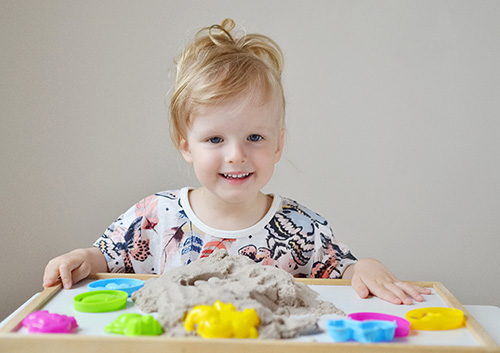
Our teeth perform several vital roles for us. We use them to bite and chew, to help form words, to support our facial structure. And never underestimate the power of a smile!
But once you try to expand that job description, you are asking for trouble. Using your teeth for tasks they were not designed for is a game no one wins. What are some of the worst moves you can make? Putting your teeth into play as:
Crunching hard objects like teeth and ice cubes together can have one of two results—the ice will give, or your tooth will. If your tooth is the loser, you can expect cracks, fractures, worn enamel, and even dislodged crowns and fillings. If you’re tempted to chew on the ice in your drinks, try asking for a straw or using slushy ice instead. (The craving for ice can also be a symptom of other medical conditions—check with your doctor for more on that subject.)
If ice vs. teeth is a bad idea, metal vs. teeth must be a really bad idea. Those sharp hard metal caps can be difficult to remove even with a bottle opener. Don’t take a chance on chipped, fractured teeth and lacerated gums to get to that beverage faster/work around a lost opener/impress your friends.
Just because nuts offer more protein than ice doesn’t make their shells any safer to crack with your teeth. Besides the danger of fractured teeth and eroded enamel, biting on whole nuts can produce sharp splinters of shell that can damage delicate gum tissue. By all means, enjoy nuts—they pack a lot of nutrition in a small package. But buy them already shelled, or invest in a nutcracker.
Teeth aren’t meant to be scissors or utility knives. Even if you are trying to bite through the top of a relatively soft bag of chips, or a piece of duct tape, or a tag that just won’t come off your new clothes, you are putting pressure on your teeth in ways that they are not meant to handle. Don’t take a chance on chips and fractures.
Using your teeth to hold the straps of your heavy bag, or the leash of your well-trained pet—what could go wrong? How about an awkward fall? Or a squirrel? Or something that might possibly be a squirrel? Any fall or force that applies violent pressure to your teeth and jaw is a potential for dental disaster.
You might grind your teeth or bite your nails whenever you feel nervous. Please find another form of stress relief! Grinding and clenching the teeth can lead to worn enamel, jaw pain, broken teeth and restorations, and a host of other problems. Biting fingernails is not only hard on your nails, but also introduces bacteria into your mouth and can cause damage to your tooth enamel.
If you grind your teeth at night, ask Drs. Daniel Aneszko and Rana Stino about a nightguard during your next visit to our Chicago office.
This is real life, and you really don’t want to be playing “Tooth or Dare” with your dental health. Use your teeth for what they were designed for, and you’ll take home the grand prize—a lifetime supply of beautiful, healthy smiles.










 Website Powered by Sesame 24-7™
Website Powered by Sesame 24-7™